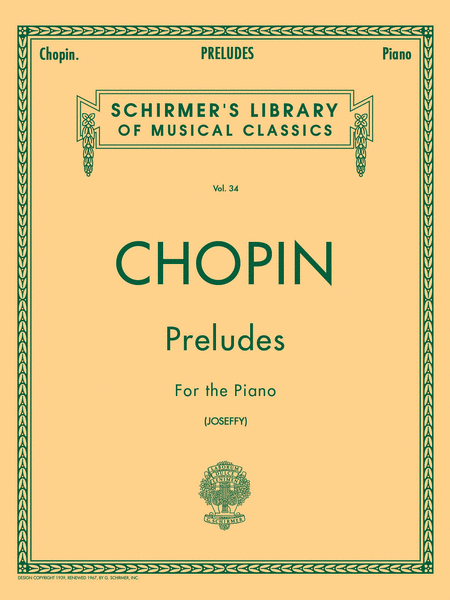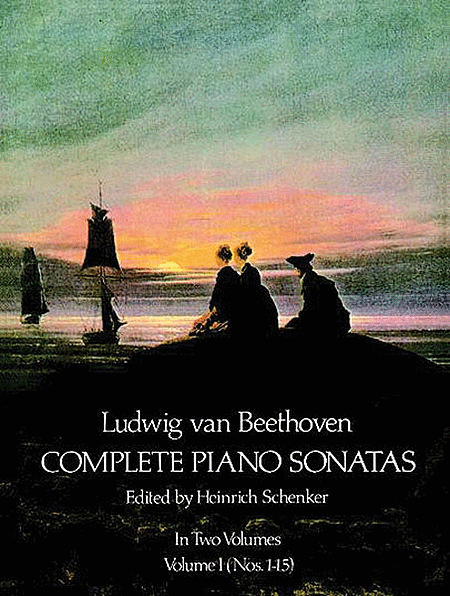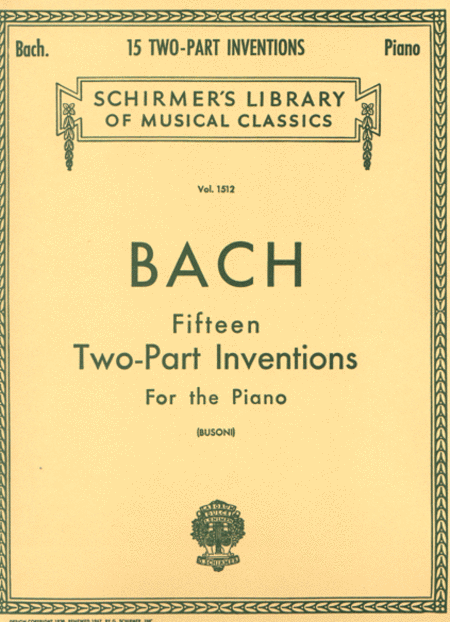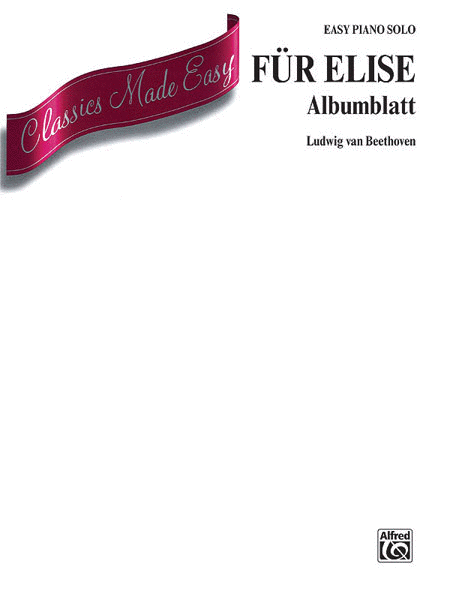Edvard Hagerup Grieg (1843 – 1907) was a Norwegian
composer and pianist. He is widely considered one of
the leading Romantic era composers, and his music is
part of the standard classical repertoire worldwide.
His use and development of Norwegian folk music in his
own compositions brought the music of Norway to
international consciousness, as well as helping to
develop a national identity, much as Jean Sibelius and
Bedrich Smetana did in Finland and Bohemia,
respectively. He is the most celebr...(+)
Edvard Hagerup Grieg (1843 – 1907) was a Norwegian
composer and pianist. He is widely considered one of
the leading Romantic era composers, and his music is
part of the standard classical repertoire worldwide.
His use and development of Norwegian folk music in his
own compositions brought the music of Norway to
international consciousness, as well as helping to
develop a national identity, much as Jean Sibelius and
Bedrich Smetana did in Finland and Bohemia,
respectively. He is the most celebrated person from the
city of Bergen, with numerous statues depicting his
image, and many cultural entities named after him: the
city's largest concert building (Grieg Hall), its most
advanced music school (Grieg Academy) and its
professional choir (Edvard Grieg Kor). The Edvard Grieg
Museum at Grieg's former home, Troldhaugen, is
dedicated to his legacy.
It is the influence of folkloristic idioms which can be
said to pervade many of Grieg's works for solo piano,
including the piano sonata in E minor, Op. 7, of 1865,
the Pictures from Country Life, Op. 19, and of course,
the ten books devoted to Lyric Pieces, some 66
miniatures in all, which were published in the years
1867 - 1901. It was, wrote Grieg, the celebrated
Norwegian violin virtuoso Ole Borneman Bull who "opened
my eyes to the beauty and unspoilt nature of Norwegian
music," although in these works, it would be hard to
overlook the demonstrable impact that was exerted upon
Grieg's creative processes by the seminal German
Romantic miniaturists Mendelssohn and Schumann, while
Chopin's expressive instincts are also closely
mirrored.
Writing to his publisher, the head of Peters Edition
Henri Hinrichsen, in 1901, the composer remarked that
his Lyric Pieces were "an intimate slice of life," and
indeed, it would be very hard to challenge such an
assertion. Book 5, published as Grieg's Op. 54,
comprises of the following numbers: 1) Shepherd Boy, 2)
Norwegian March, 3) March of the Trolls, 4) Nocturne,
5) Scherzo, 6) Bell-Ringing.
Of particular interest is the third of the set "March
of the Trolls." As Joachim Dorfmüller has written,
"Trolls are quintessentially Norwegian creatures, and
it was in their honour that Grieg and his wife Nina
named the plot of land on which they built their house
on the outskirts of Bergen in 1884 - 1885;
'Troldhaugen' or 'Troll Hill'." Op. 54 No. 5 is a
scurrying, mercurial Scherzo reminiscent of
Mendelssohn's in A Midsummer Night's Dream or the Octet
for strings. Op. 54 No. 6, "Bell-Ringing," was written
during 1891. As Dorfmüller points out, this was a full
16 years before Debussy composed his highly
impressionistic tintinabulatory piece "Cloches à
travers les feuilles," from his second book of Images.
Grieg's previous example is also highly colored and
often distinctly avant-gardist in feel. As Dorfmüller
concludes, in his Lyric Pieces, and indeed in much of
his remaining piano music, "Grieg thrust aside
tradition -- no doubt, in the final analysis, to his
own astonishment as much as to that of his
contemporaries -- and in his last great creative period
he set out on a virtually impressionistic path."
This the "Troldtog" (March of the Dwarfs) is usually
translated as it appears to the left, but those
familiar with Norwegian mythology often insist that
trolls are something quite different from dwarfs. These
puckish creatures are supposed to have a more corpulent
torso and can be physically formidable. Still, they are
small and full of mischief and fun, and that is how
Grieg depicts their character in this charming and
thoroughly delightful piece. The main theme here is
among the composer's best known, one of those melodies
probably recognizable to the man and woman on the
street. It is a lively creation whose brisk, descending
manner and playful character convey both a comical
busyness and a sense of fantasy. Grieg supplies only a
basic lively rhythm to underpin the melody, fully aware
the quick-step march is one of those rare tunes that
captures the essence of the work's title. In contrast,
the middle section theme is lyrical and innocent,
dreamy and sweet, as if the composer were depicting his
little creatures as they slept. The main theme returns
to close out this colorful little masterpiece.
Performance of this work typically lasts
three-and-a-half minutes.
Source: AllMusic
(https://www.allmusic.com/composition/lyric-pieces-6-fo
r-piano-book-5-op-54-mc0002361281 ).
I created this Transcription of the "Scherzo" from
Lyric Pieces (Book 5 Op. 54 No. 5) for Piano.









